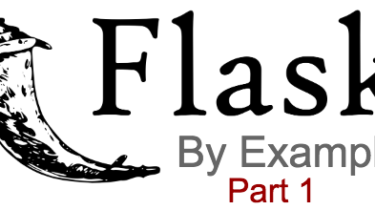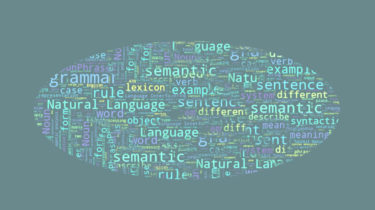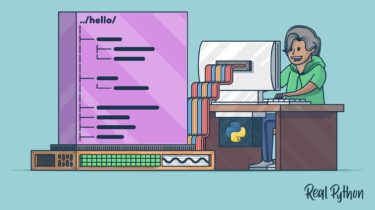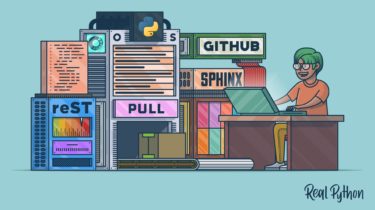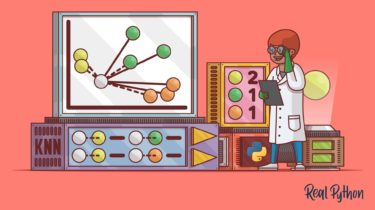Learn Text Classification With Python and Keras
Imagine you could know the mood of the people on the Internet. Maybe you are not interested in its entirety, but only if people are today happy on your favorite social media platform. After this course, you’ll be equipped to do this. While doing this, you will get a grasp of current advancements of (deep) neural networks and how they can be applied to text. Reading the mood from text with machine learning is called sentiment analysis, and it is […]
Read more